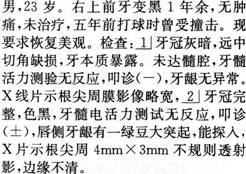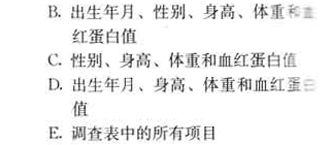共用题干
Pedestrians Only
1 .The concept of traffic-free shopping areas goes back a long time.During the Middle Ages,traffic-free shopping areas were built in Middle Eastern countries to allow people to shop in comfort and,more importantly,safety.As far back as 2,000 years ago,road traffic was banned from central Rome during the day to allow for the free movement of pedestrians (行人),and was only allowed in at night when shops and markets had closed for the day.In most other cities,however,pedestrians were forced to share the streets with horses,coaches and,later,with cars and other motorized vehicles.
2 .The modem,traffic-free shopping street was born in Europe in the 1960s when both city populations and car ownership increased rapidly.Dirty gases from cars and the risks involved in crossing the road were beginning to make shopping an unpleasant and dangerous experience.Many believed the time was right for experimenting with car-free streets and shopping areas seemed the best place to start.
3 .At first,there was resistance from shopkeepers.They believed that such a move would be bad for business.They argued that people would avoid streets if they were unable to get to them in their cars.When the first streets in Europe were closed to traffic,there were even noisy demonstrations,as may shopkeepers predicted they would lose customers.
4 .However,research carried out afterwards in several European cities revealed some unexpected statistics.In Munich,Cologne and Hamburg,visitors to shopping areas increased by 5Opercent.On Copenhagen's main shopping street,shopkeepers reported sales increases of 25-40 percent.Shopkeepers in Minneapolis,the USA,were so impressed when they learnt this that they even offered to pay for the construction and maintenance costs of their own traffic-free streets.
5 .With the arrival of the traffic-free shopping street,many shops,especially those selling things like clothes,food and smaller luxury items,prospered.Unfortunately,it wasn't good news for everyone, as shops selling furniture and larger electrical appliances(电器)actually saw their sales drop.Many of these were forced to move elsewhere,away from the city centre.
In the l960s,dirty gases from cars made shopping_______.
A:pedestrians
B:North America
C:customers
D:a bad experience
E:Middle Eastern countries
F:furniture sellers


 正确的诊断是
正确的诊断是 查看材料
查看材料

